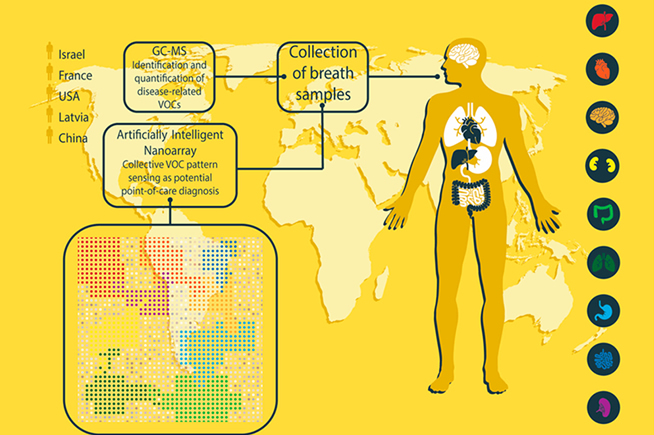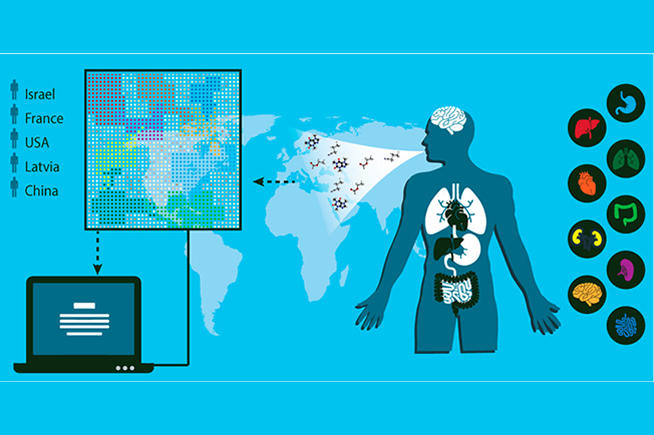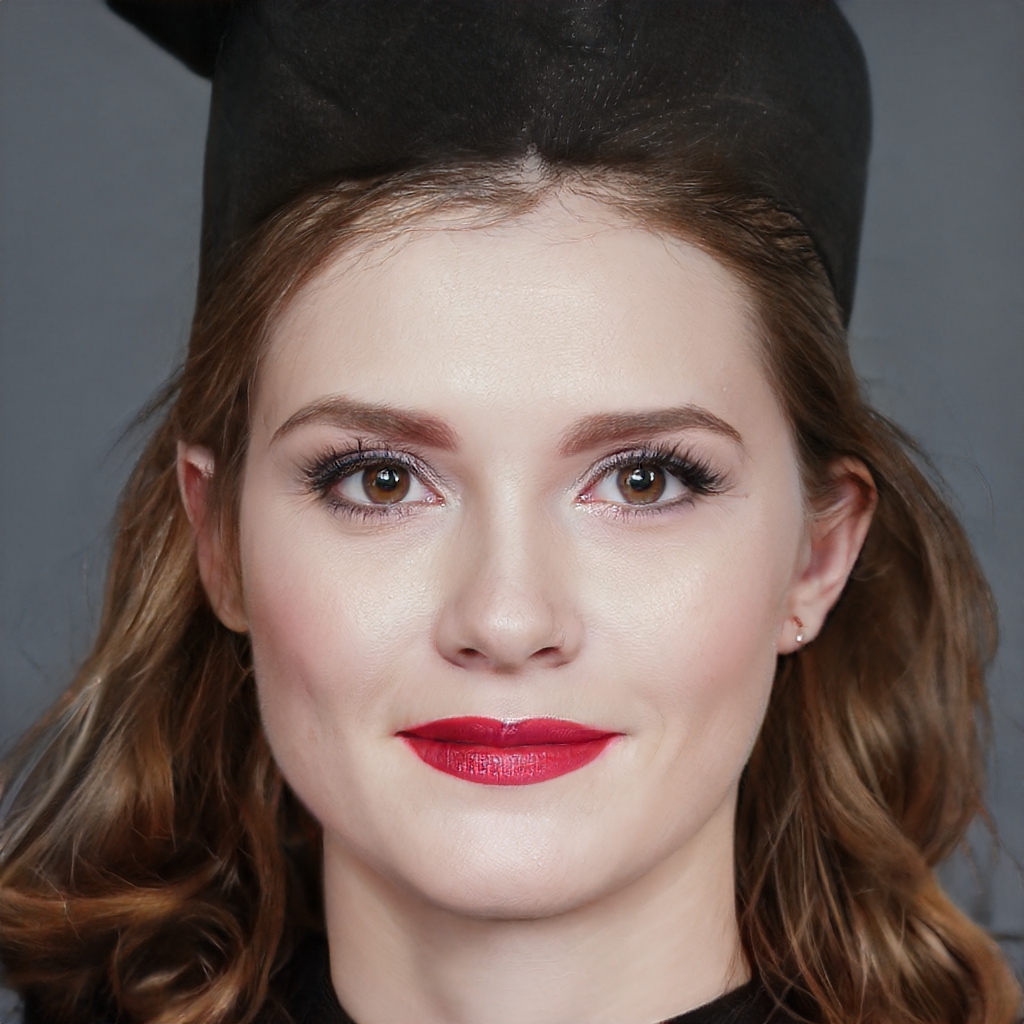By analyzing the chemical composition of the breath, it is possible to detect with high precision the presence of pathologies in our organism
It has been known for some time that medicine and information technology form an increasingly close couple. What few imagined is that the developments in this field could be so fast and sudden. Just to give an example, in a few years an artificial intelligence respirometer could diagnose diseases.
A study conducted between the United States, Israel, France, Latvia and China, in fact, shows that from the chemical analysis of breath it is possible to identify the "chemical signatures" of 17 unrelated diseases (lung, colorectal, head and neck, ovarian, bladder and prostate, kidney and stomach cancer, Crohn's disease, ulcerative colitis, irritable bowel syndrome, Parkinson's disease, multiple sclerosis, pulmonary hypertension, pre-eclampsia and chronic kidney disease). Not that this is a completely new hypothesis, since the ancient Greeks also supported a similar theory, but now comes the confirmation of this insight with the results in a research - led by Professor Hossam Haick of the Israeli Technion Institute - published these days in the scientific journal ACS Nano.
How the respirometer research was conducted
The study involved more than 1,400 patients between January 2011 and June 2014, involving 14 departments in nine medical centers spread across five countries-Israel, France, the U.S., Latvia and China. I ricercatori hanno testato la composizione chimica dei campioni di aria espirata utilizzando un metodo analitico accettato (spettrometria di massa), che ha permesso una rilevazione quantitativa accurata dei composti chimici contenuti nel respiro. Sono stati identificati 13 componenti chimici, in diverse percentuali, in tutte e 17 le malattie sopracitate.
 Fonte foto: American Chemical Society
Fonte foto: American Chemical Society
Grazie al respiro, il sistema messo a punto dagli scienziati del Technion riconosce 17 differenti patologie
Come funziona la diagnosi fatta dall’intelligenza artificiale
La tecnologia “Artificial Intelligence Nanoarray” consente, in pratica, una diagnosi veloce ed economica e una classificazione delle malattie basata sull’odore emanato dal respiro del paziente. The gas mixture that comes out of our mouth is analyzed by special sensors connected to an artificial intelligence system that has the task of analyzing the data collected. Some of the sensors are made up of layers of gold nanoparticles, while others contain a random network of carbon nanotubes coated with an organic layer with the purpose of detecting and identifying various diseases.
"Each of the sensors responds to a wide range of exhalation components," Prof. Haick points out, and "integration of the information provides detailed data related to the unique chemical breath signatures characteristic of various diseases." "Our system," continues the Israeli scientist, "detected and classified the different diseases with an average accuracy of 86%." Si tratta, insomma, di «una direzione nuova e promettente per la diagnosi e la classificazione delle malattie caratterizzata non solo da una notevole precisione, ma anche dal basso costo e consumo di energia elettrica, miniaturizzazione, comfort e la possibilità di ripetere il test facilmente» conclude il Professor Haick.
 Fonte foto: American Chemical Society
Fonte foto: American Chemical Society
Il merito, però, è soprattutto dell’intelligenza artificiale, capace di analizzare la composizione chimica del respiro e ottenere dati sullo stato di salute della persona.
La “firma chimica” delle malattie
«Proprio come ognuno di noi ha un’impronta digitale unica che ci distingue dagli altri – spiega il prof- Haick – ogni malattia ha una firma chimica che la distingue da altre patologie e da un normale stato di salute. These signatures consisting of "odors" are what allows us to identify diseases using the technology - baptized "artificially intelligent nanoarray" that we have developed" which, in practice, has been able to confirm the clinical efficacy of this innovative diagnostic solution.
(opening video taken from YouTube)
Some of the videos in this section have been taken from the internet, then evaluated in the public domain. If the subjects present in these videos or the authors have something against the publication, it will be enough to make a request of removal by sending an email to: [email protected]. We will provide to the cancellation of the video in the shortest time possible.
